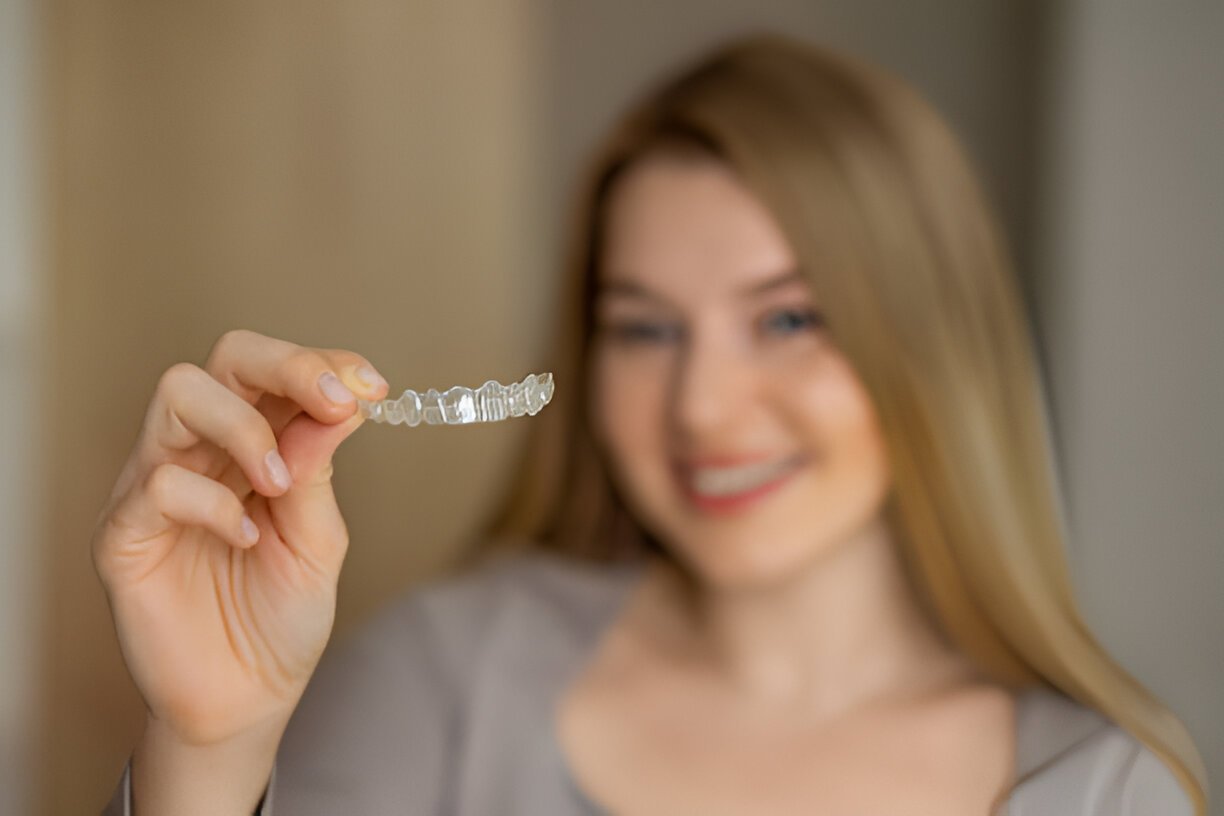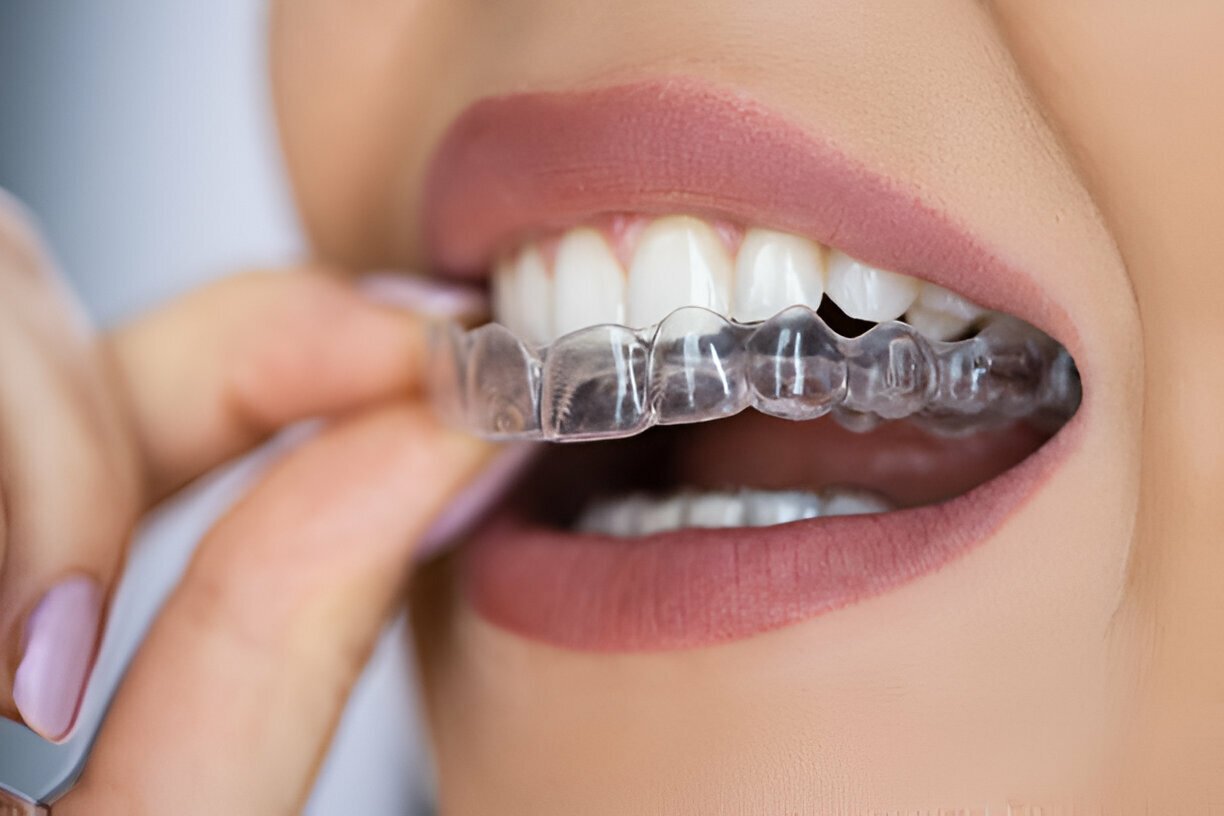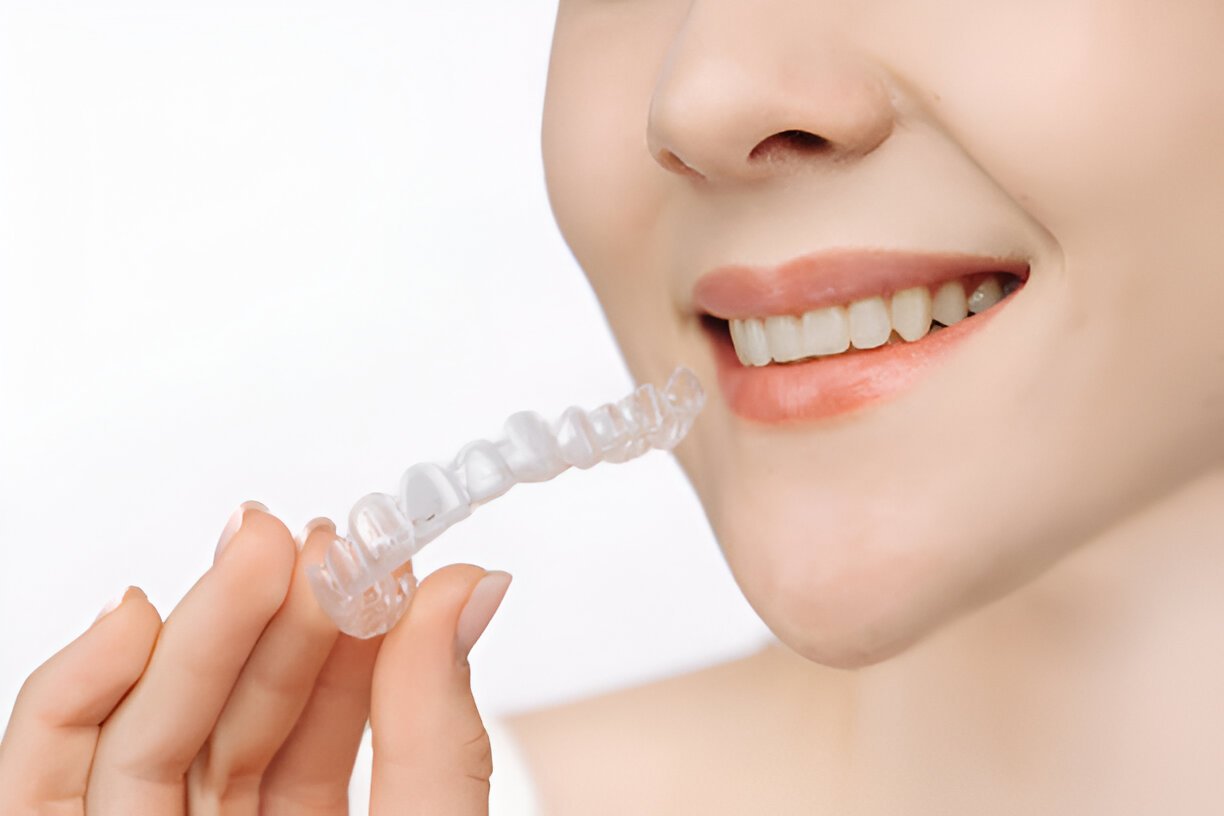When it comes to modern orthodontic solutions, Invisalign has become a well-known name for people looking to straighten their teeth without traditional metal braces. But what if you have one or more missing teeth? Is Invisalign still an option? This is a common concern for many adults and even some teenagers. The good news is that in many cases, Invisalign is still a possibility—even if you have missing teeth.
At Visage Orthodontics Aberdeen, we understand that every smile is unique. Whether you’ve lost a tooth due to injury, decay, or a medical condition, our team provides honest guidance on whether Invisalign in Aberdeen is the right path for you.
Why People Lose Teeth
To understand the process of invisalign treatment with missing teeth, it is advisable to first consider the causes of teeth missing in the first place. There may be various reasons why tooth loss occurs:
Tooth decay: Inadequate oral care or unattended cavities may result in tooth loss.
Gum disease: Advanced gum disease weakens the bones and tissues holding teeth weaker.
Damage or trauma: Teeth may be knocked out in an accident or during sport.
Congenital absence: There are individuals who lack some teeth at birth.
Dental extractions: The tooth might be severely damaged, or impacted and then might need removal.
No matter the cause, having lost teeth does not only influence your image. They may affect the way you chew, speak, and also the position of the remaining teeth in your mouth. And that is where Invisalign can act.
Does Invisalign Give You a Lisp
So, Can You Get Invisalign with Missing Teeth?
Short answer: yes, it is possible in most instances you can have Invisalign in the presence of missing teeth. This however depends on the condition of your teeth. Invisalign consists of clear braces which slowly but surely move your teeth into more favourable positions. These aligners can also be used to put the other teeth in their proper place and in case you have some missing teeth these can still be guided to the correct position.
As a matter of fact, Invisalign can also form a part of an overall plan covering implementation of implants, bridges or dentures in future. The proper spacing will be achieved by straightening the remaining teeth first to be able to avail possible treatments in the future.
Missing teeth is a fairly common issue in patients and patients with missing teeth are regularly evaluated in Visage Orthodontics Aberdeen to determine whether those patients can be treated using Invisalign. When done with proper planning, it can, in most instances.
When Invisalign Might Be Recommended
Here are a few situations where Invisalign may be used alongside missing teeth:
1. To Close Small Gaps
Sometimes, the space left by a missing tooth is small. If your dentist thinks the gap can be closed by gently shifting nearby teeth, Invisalign may help do just that.
2. To Make Space for Implants
In other cases, the space from a missing tooth needs to be preserved or widened for a future dental implant or bridge. Invisalign can help create the correct spacing to allow for this. It’s actually quite common to start Invisalign before getting an implant so everything fits properly.
How Many Teeth Do You Need for Braces?
3. To Prevent Teeth from Shifting
When there’s an empty space in your mouth, nearby teeth can start to tilt or drift into that space. This can disrupt your bite and lead to further problems. Invisalign can be used to stop this unwanted movement and maintain a proper bite.
4. To Improve Overall Alignment
Even with one or more missing teeth, Invisalign can still improve your smile’s alignment and make daily activities like brushing and chewing easier and more comfortable.
When Invisalign Might Not Be Suitable
Invisalign is a versatile treatment; however, it might not be very suitable in some instances. For example:
Too many missing teeth: In case you have several teeth missing in their critical locations just enough to support the aligners to exert the necessary pressure may be lacking.
Weak bone structure: This is because extreme loss of jawbone may make all orthodontic work ineffective.
Poor oral hygiene or active gum disease: Your mouth should be in good health prior to engaging in any type of orthodontic treatment.
In these cases, other alternatives may be better treatment. Nevertheless, your orthodontist could develop a comprehensive treatment plan which might comprise Invisalign at some point later on.
What Foods to Eat and Avoid with Braces?
How the Process Works at Visage Orthodontics Aberdeen
All smiles that we take on are started with a complete consultation. When you contemplate the use of Invisalign, the Aberdeen based team will initiate a comprehensive consulting examination. We will take digital scans, X-rays, and photographs of your teeth to build a complete image of your oral condition. We will then come up with a personalised treatment plan. In case you are missing teeth, we will collaborate with your dentist or your caring implant specialist to guide on how Invisalign can play its proper role in your overall treatment process.
We also make each of the step clear to you, so you can know what is possible, what to expect, as well as what outcomes you can get.
What Are the Benefits of Invisalign with Missing Teeth?
These are some of the reasons why a good number of patients who have missing teeth still opt to have Invisalign:
Incognito: The aligners are almost invisible and are perfect to be used by adults or any professional who does not want to have permanent braces.
Removable: They can be removed during mealtimes or when cleaning your teeth.
Gentle: Gentle forces are used in Invisalign, which is usually more comfortable than the traditional braces.
Personalised care: Aligners are custom-made to your teeth and to your treatment plan.
Important Things to Keep in Mind
When considering Invisalign, consider the following points in case you have one or more missing teeth:
Visit a qualified orthodontist: It is not always that simple. Select a professional such as Visage Orthodontics Aberdeen that is informed of complicated situations.
Good oral hygiene: Good oral hygiene is the key to successful treatment.
Follow the Plan: Please wear your aligners as prescribed, most of the time this will be 20-22 hours a day.
Keep up with check-ups: Keeping scheduled appointments would ensure that you are on the right track and allow adjustments.
Real Patients, Real Results
We have experienced numerous cases with Visage Orthodontics Aberdeen where people began their treatment with missing teeth and ended their process with an improved smile that is not only straighter but also healthy looking. There are times we have used Invisalign along with implants or other dental restoration to help restore form and function. Such patients tend to inform us that they are much more confident not only about their appearance, but about their eating habits, speaking and smiling.
Final Thoughts
In conclusion, well, yes, in many cases you can undergo Invisalign with missing teeth. The trick is a custom consultation and an effective plan of treatment. Invisalign can be the key to a better smile as it closes a gap, prepares you for implants, or simply makes your bite better.
Are you wondering whether Invisalign in Aberdeen is the right choice to suit you and you happen to be in the North East of Scotland? Then contact the friendly staff at Visage Orthodontics Aberdeen. And we will take it step by step and address your queries as well as assist you to make the most appropriate decision regarding your smile.
Frequently Asked Question
Can Invisalign work if I have missing teeth?
Yes, Invisalign can be used even with missing teeth. Your dentist will create a customised treatment plan, potentially including dental implants or bridges to replace the missing teeth. Invisalign can help align the remaining teeth and close gaps to restore your smile.
How does Invisalign treat missing teeth?
Invisalign can gradually shift your teeth into better alignment, even with gaps due to missing teeth. In some cases, additional restorative treatments, such as implants or bridges, may be recommended alongside Invisalign to fill the gaps and achieve optimal results.
Will missing teeth affect my Invisalign treatment?
While missing teeth don’t disqualify you from using Invisalign, it may influence the treatment plan. Your dentist may recommend temporary tooth replacements or specific adjustments in your aligners to ensure the best outcome for tooth alignment and bite correction.
Can Invisalign be used for gaps from missing teeth?
Yes, Invisalign is often effective for closing gaps left by missing teeth. Depending on the size of the gap, your dentist may suggest a combination of treatments, such as dental implants or bridges, along with Invisalign to achieve a fully restored smile.
Do I need to replace missing teeth before starting Invisalign?
t’s not always necessary to replace missing teeth before starting Invisalign, but it depends on the treatment plan. In some cases, your dentist may recommend replacing missing teeth with implants or bridges to ensure the best results and avoid shifting the surrounding teeth too much.











